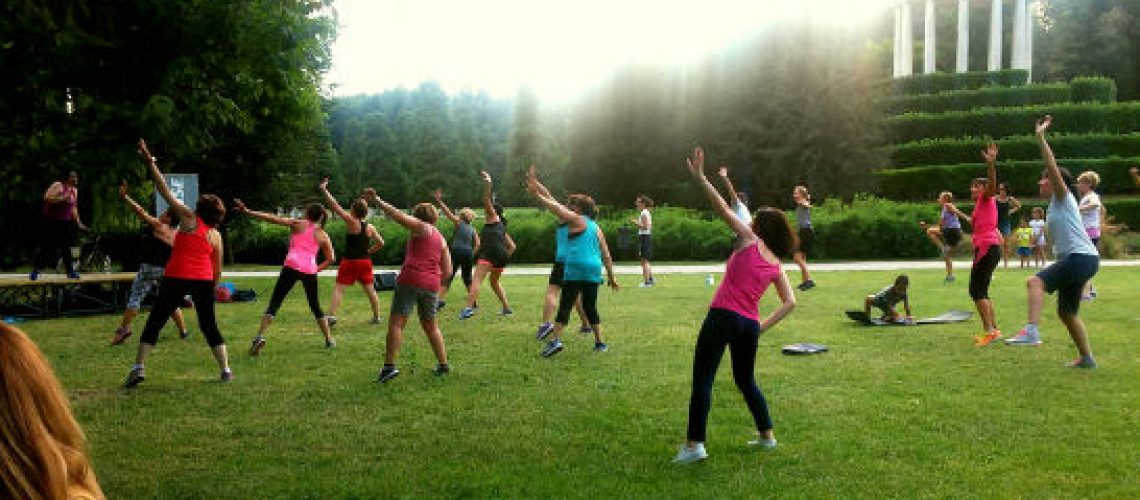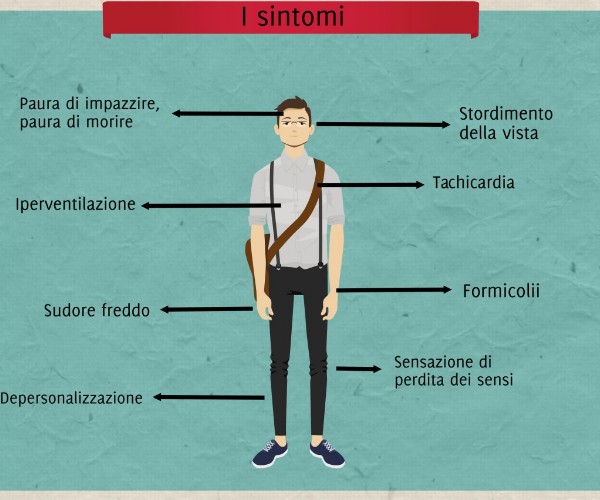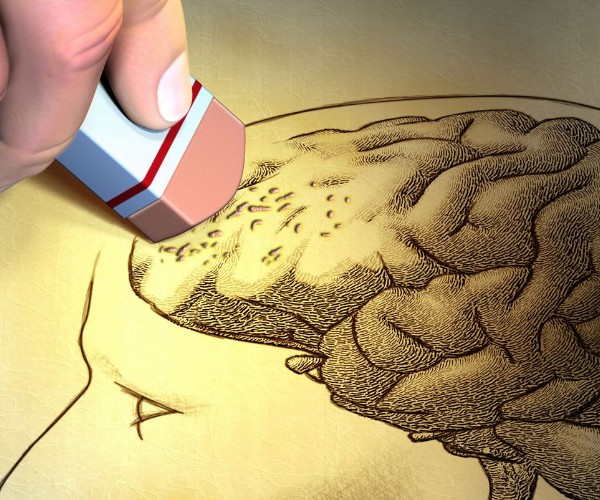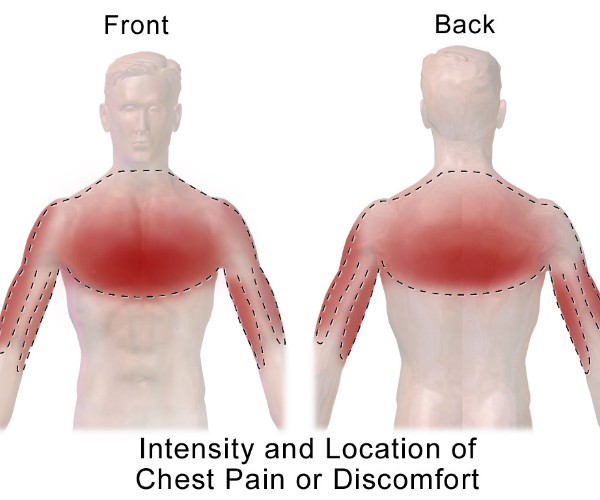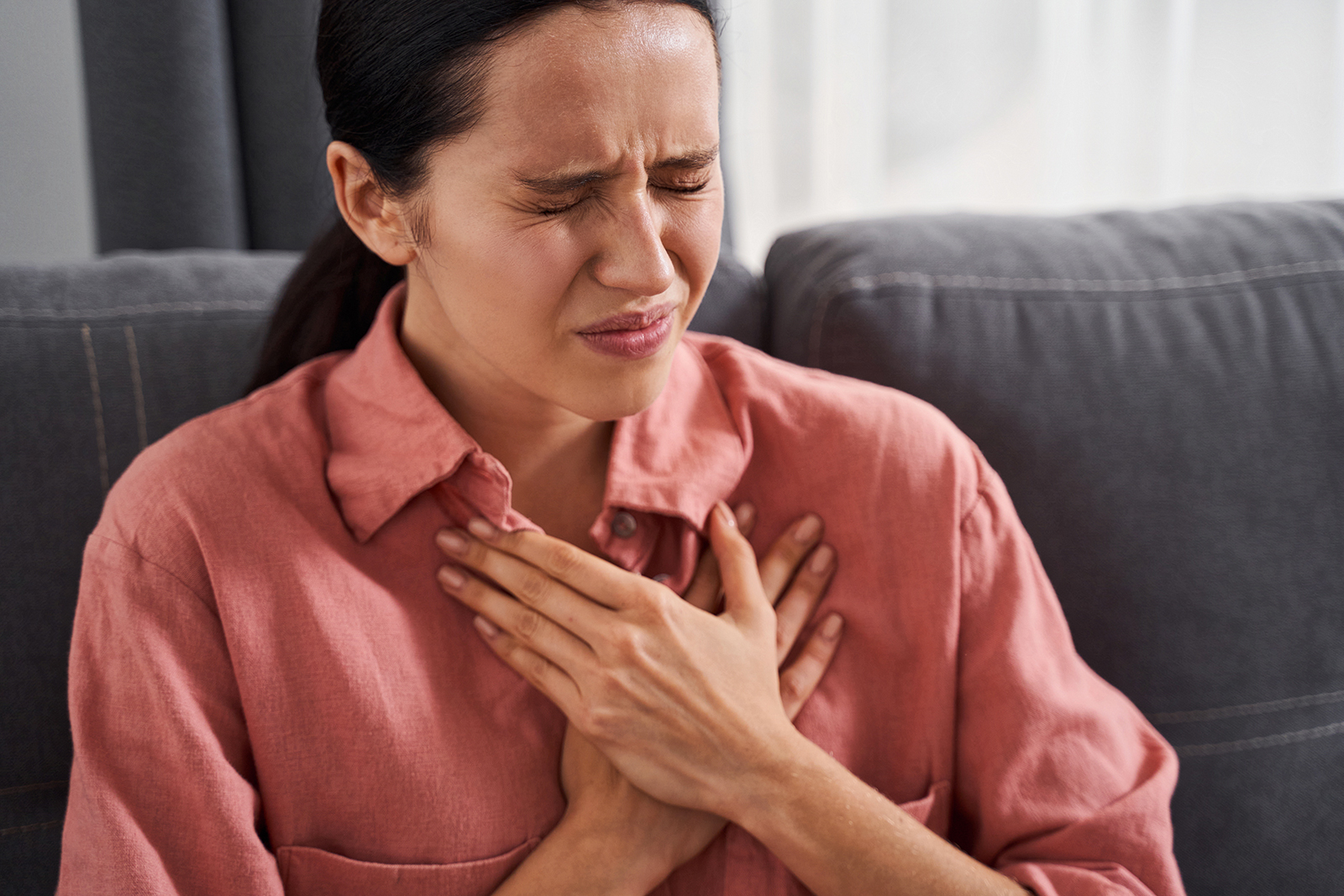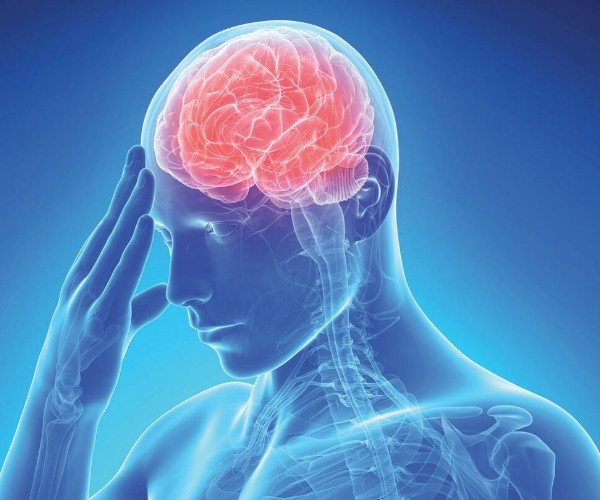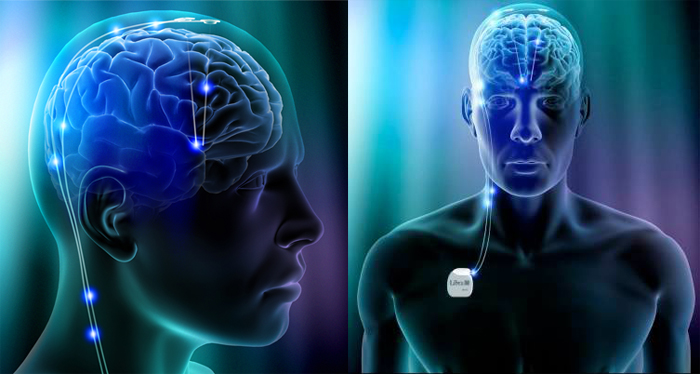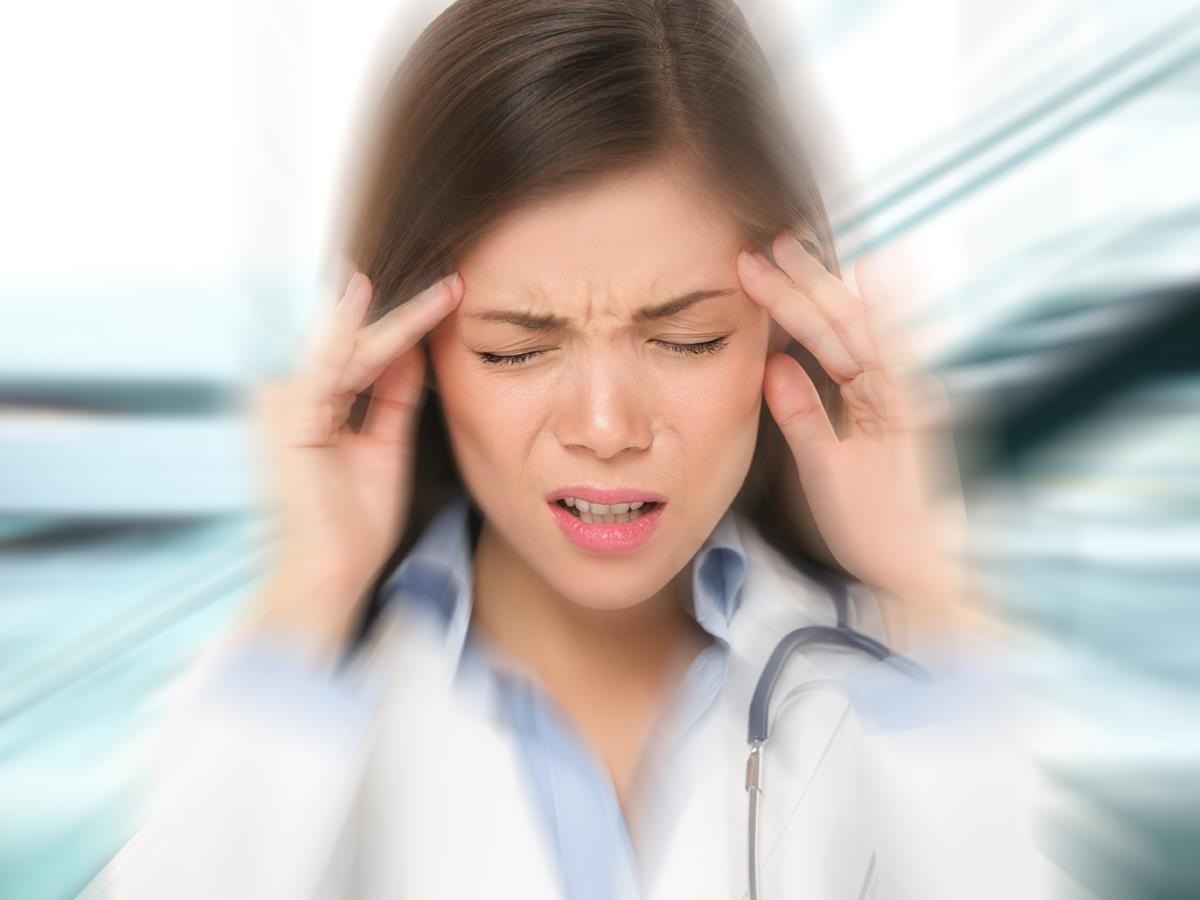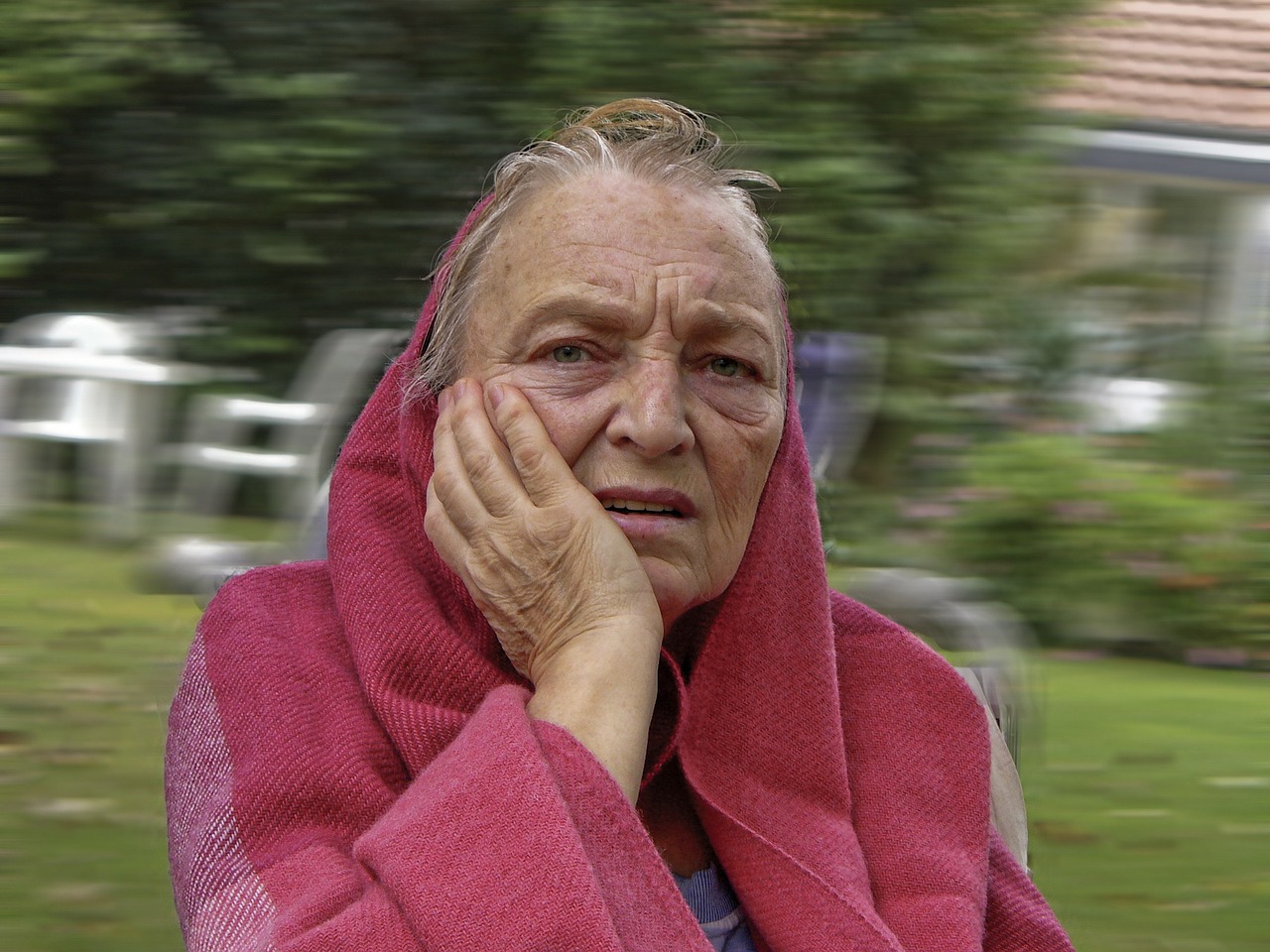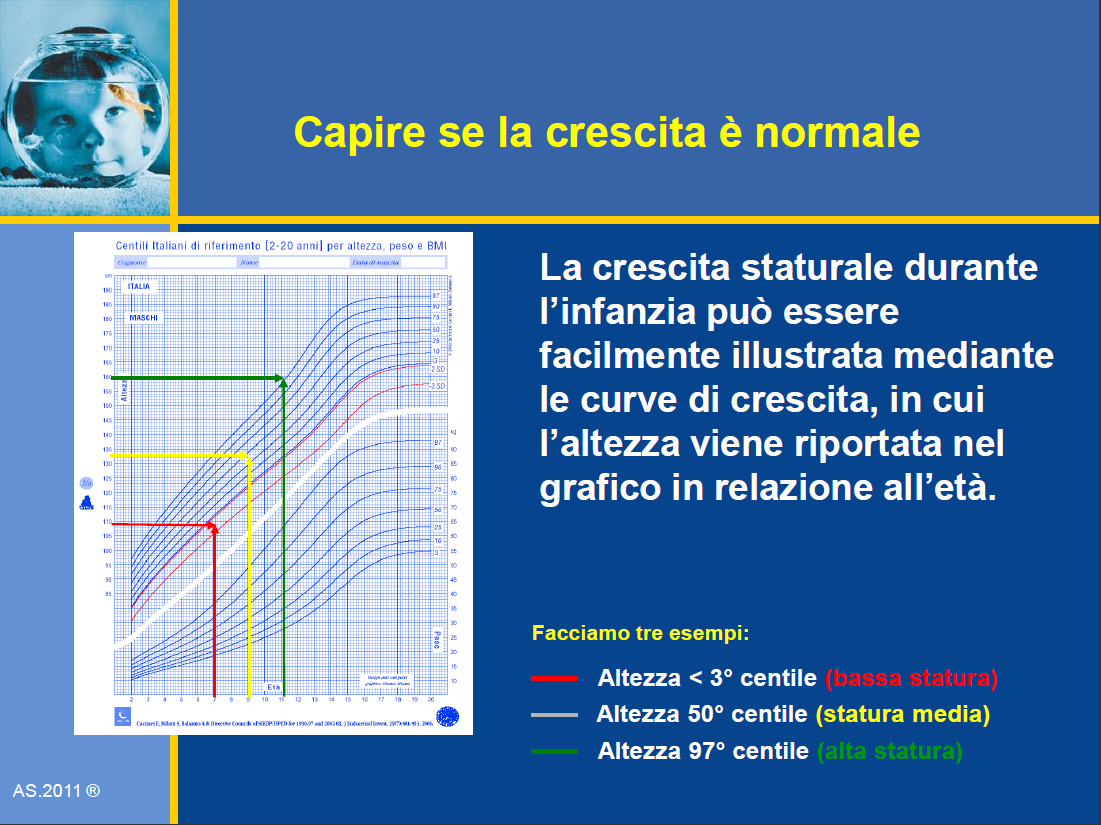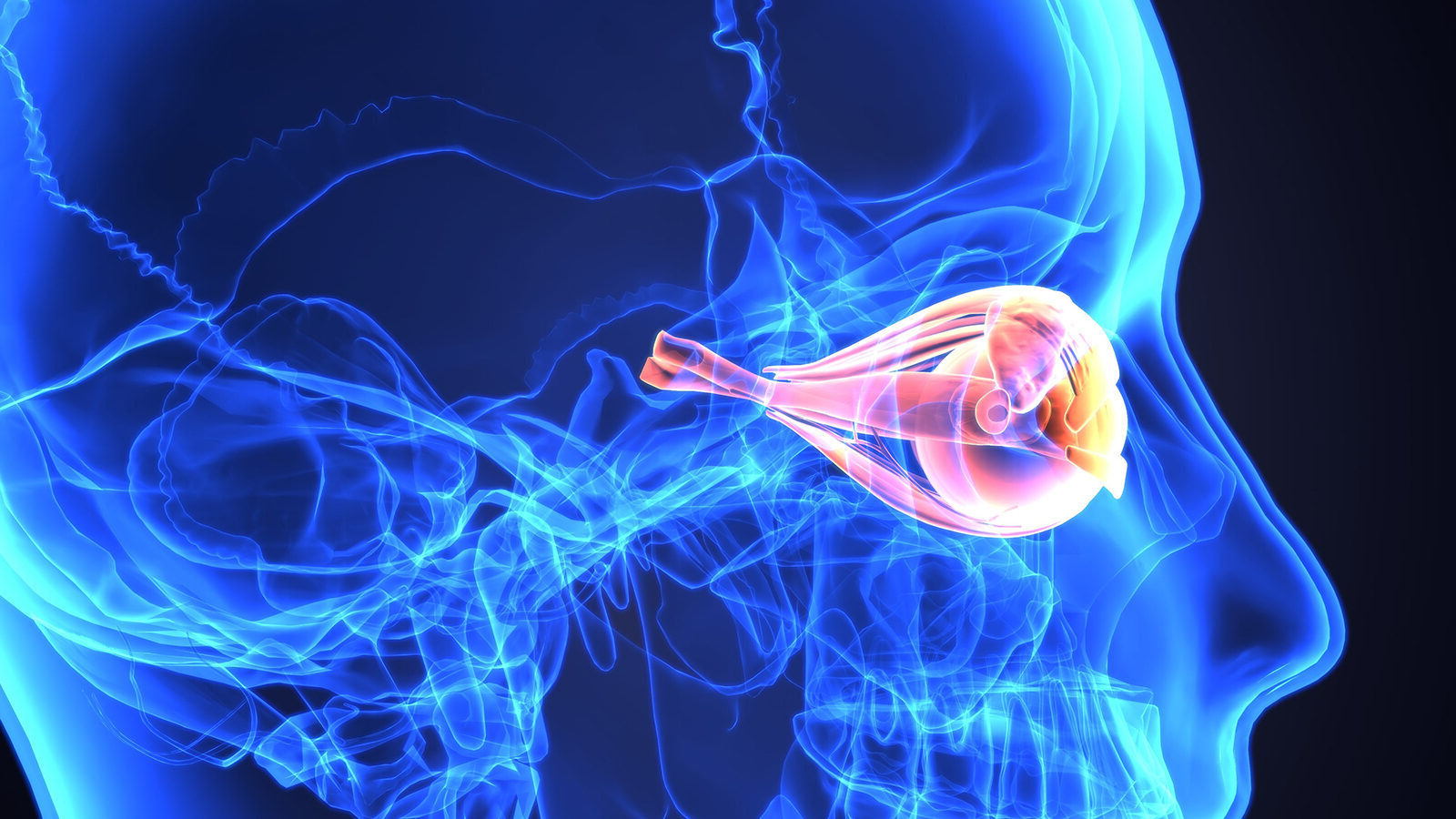Any physical and cognitiveactivity performed by women around age 40-55 can protect intellectual function in later life years, reducing the risk of developing cognitive decline and dementia of various types and levels of severity. Had you already been told this? Most likely, yes, because there have been many studies in this area conducted in recent decades.
The added value inherent in the results of the research conducted at the University of Gothenburg (Sweden) is the particularly long observation period (follow-up was as long as 44 years) and the clarification of the protective effects of physical and cognitive activity against vascular dementia and Alzheimer’s disease, respectively.
The study, recently published in the peer-reviewed journal Neurology, involved 800 women with a mean age at enrollment of 44 years (in the range of 38-54 years), selected from the general population. For all participants, intellectual, artistic, manual, social, religious and sports activities habitually performed were recorded at the beginning of the evaluation, and periodic monitoring of cognitive performance was, therefore, initiated from 1968 to 2012.
During follow-up, 194 women were diagnosed with dementia, 102 with Alzheimer’s disease, 27 with vascular dementia, 41 with mixed dementia, and 81 with dementia associated with cerebrovascular disease. All diagnoses were made based on the criteria provided in the reporting period, taking into account the outcomes of neuropsychiatric interviews, visits and examinations, data collected in medical records and patient registries.
Analysis of available information showed that, in general, women who remain intellectually active between the ages of 40 and 55 have a reduced risk of developing a form of dementia by about one-third (-34%). The protection was found to be particularly pronounced against Alzheimer’s disease, the occurrence of which would be practically halved (-46%) compared to women who were less inclined to read, study, listen to music, take classes, attend museums, go to the theater or movies.
Even more favorable has been shown to be the impact o fexercise, particularly against mixed dementia and cerebrovascular disease-related forms. In fact, the risk of developing the former was found to be 57 percent lower among the more physically active women, while the risk of developing dementia related to cerebrovascular disease was found to be 53 percent lower.
The magnitude of these preventive effects is surprising, to say the least, when one considers that, at present, medical has very few weapons (moreover, of very limited effectiveness) to protect against these neurodegenerative diseases, and that the outcomes cited were obtained after excluding major confounding factors such as educational level, socioeconomic status, presence of hypertension, diabetes or cardiovascular disease, body weight, smoking, stress and depression.
Of course, more confirmation is needed before we can come to any firm conclusions, but in the meantime, it’s worth banishing all laziness and trying to keep as intellectually and physically active as possible, shall we?
Source
Najar J et al. Cognitive and physical activity and dementia. A 44-year longitudinal population study of women. Neurology 2019;92:e1322-e1330. doi:10.1212/WNL.0000000000007021 (https://n.neurology.org/content/92/12/e1322.long)













